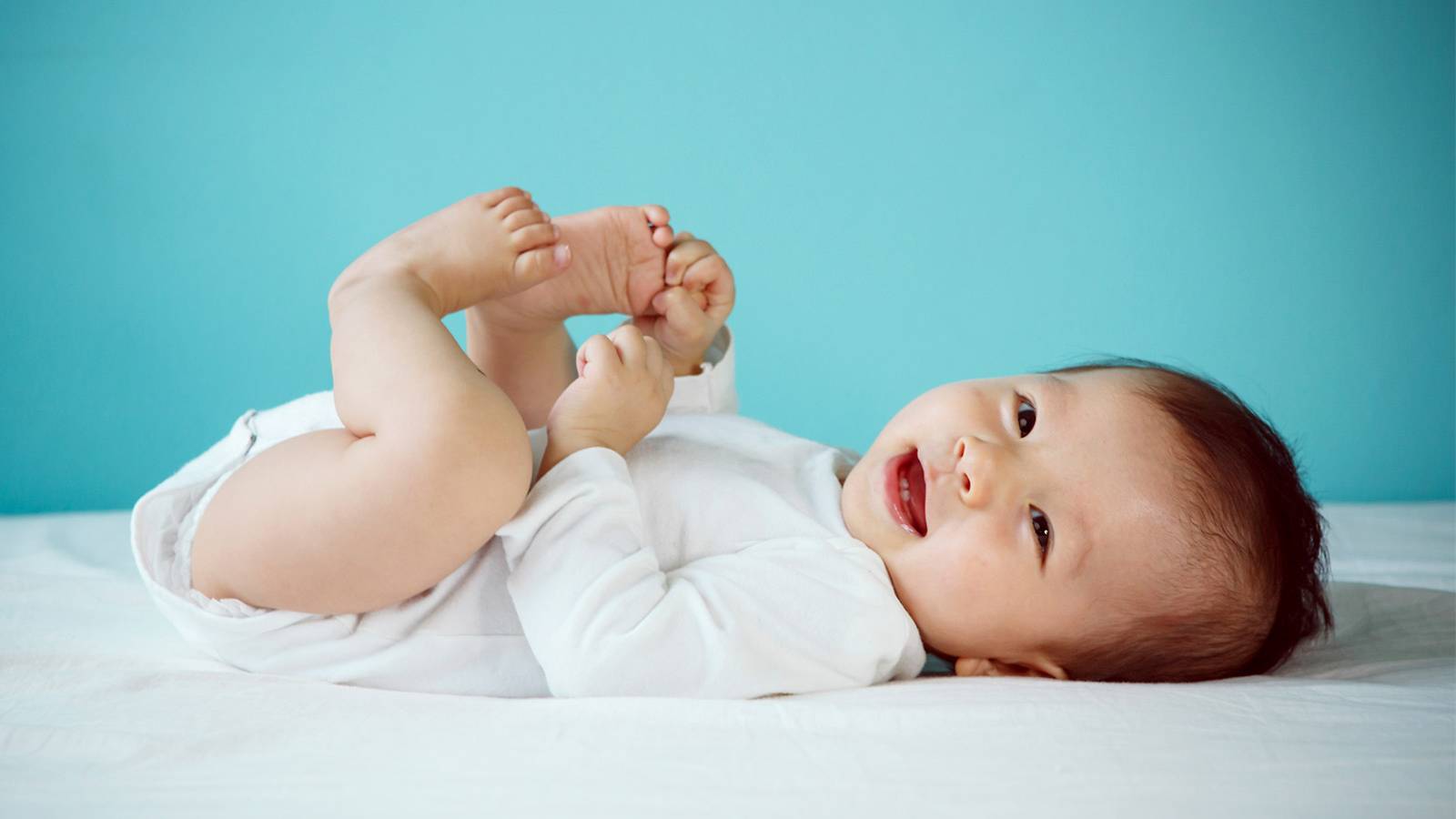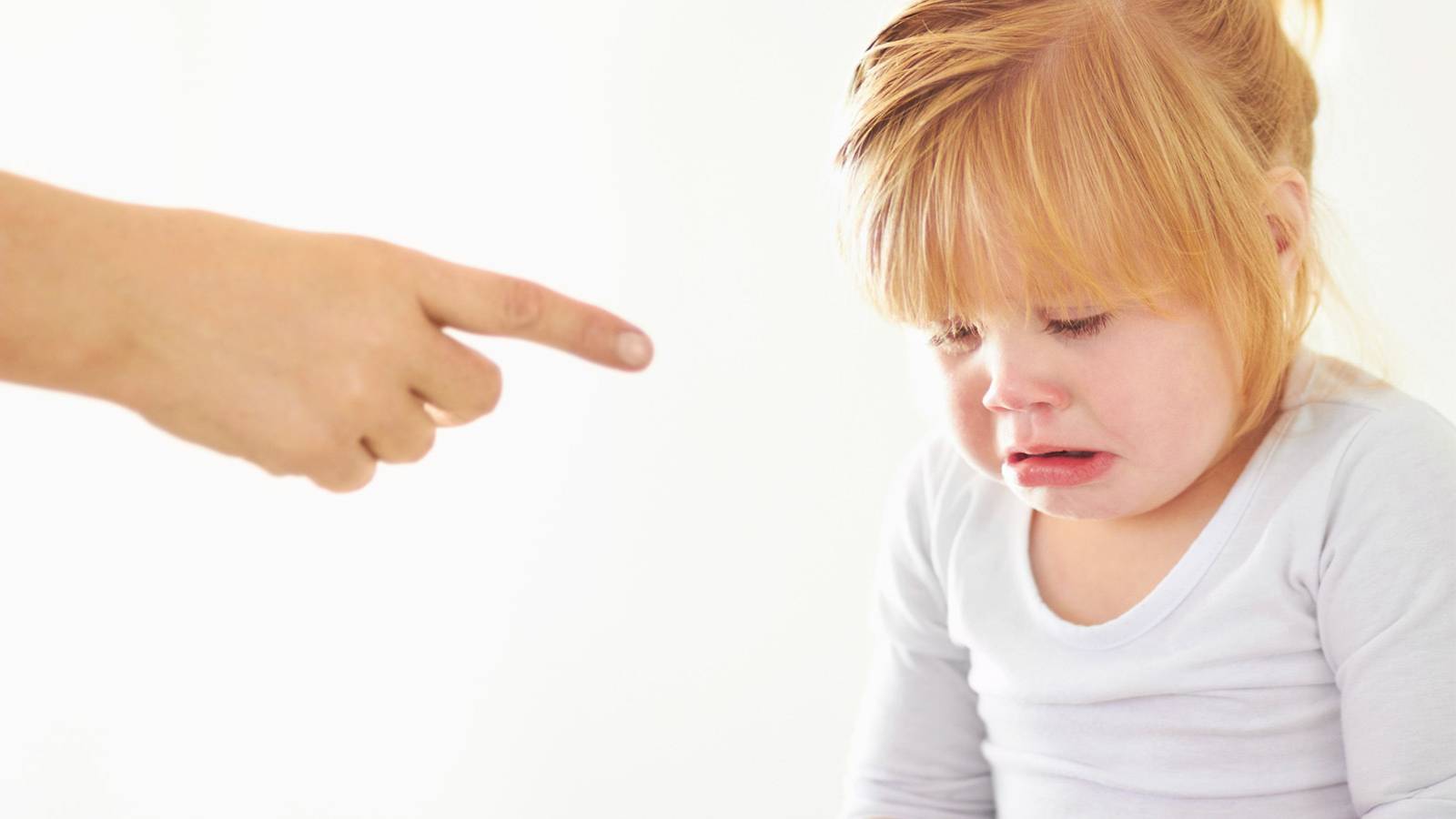Your baby’s emotional development will grow rapidly in the first two years ― this is what you can expect…
In no time, your temperamental baby will turn into an articulate and bright-eyed toddler who has no qualms verbalising how he feels about anything. In the meantime, follow our guide to his emotional development to skip all that head-scratching:

0 to 6 months
• Don’t feel frustrated or disheartened when baby just stares at you blankly in the first few days of his life. Crying or not crying is a sign of normal growth.
• By the first month, your little one should be able to make eye contact with you, cry if he needs something, and respond to your voice and smile.
• When he’s 2 months old, he will start studying faces and gaze at people fondly. He’ll learn to smile when he’s happy and burst into tears when playtime is over.
• He will coo and gurgle in reaction to the sounds he hears around him and even try to imitate your actions and expressions. If he is angry or annoyed, he’ll even frown.

6 to 12 months
• About this time, he’ll know the difference between family and strangers. When he’s playing with you, he might even squeal gleefully, but become shy and anxious around strangers.
• He’ll express fear when he learns to recognise familiar and new experiences. As he’s constantly picking up cues from you, his degree of fear also depends on your body language.
• During this phase, he will actively crawl about and reach for things. And when he’s not able to perform the tasks he has set out to do, he might just break into tears of frustration.
• Offering positive reinforcements like clapping when he successfully throws a ball and he’ll likely do it again. Separation anxiety will begin to make an appearance when you leave for work in the morning, as will temper tantrums. Just. Keep. Calm!
Click to learn about his emotional development after he turns 1.

12 to 18 months
• His personality is starting to take shape now, so he might wander away from you to play on his own. Temper tantrums may also become more frequent as he expresses his frustration through biting, hitting, screaming or crying.
• Be direct and clear in correcting his behaviour. Say firmly, “No biting”, “No hitting” and “No kicking”. Help him gain empathy by telling him his actions can hurt others and he should not do it again.
• Your tot’s sense of self-awareness will mature around now as he’ll realise that other people think and feel differently from him. When left in the care of people other than his regular caretakers, he might start bawling as separation anxiety might take hold.
• Your little love won’t just adore being the centre of attraction, he’ll also show affection to the people he loves.
18+ months
• Now’s when your mercurial mini-me will exhibit a range of different and complex emotions ― frustration, happiness, anger, sadness and fear. Mood swings might be common too ― he’s happy and friendly one moment, and weepy the next.
• He has a tendency to act impulsively, such as lashing out, but will learn to control his instincts with your assistance. He might even develop his own coping strategies like turning to a comfort object — like her favourite stuffed animal or a blanket ― to self-soothe.
• By the time he turns 2, you should stress what behaviours are acceptable, which aren’t and why. Explain the consequences of misbehaving — “If you carry on like this, we will leave (name of place)” — then, you MUST follow through with it.
• He might want to do things to assert his independence like putting on his own shoes. Though he might be frustrated when he can’t, calm him down by praising his initiative. Then, let him pick a pair of socks instead, so that he can exercise his independence.
• Remember, the more confident and secure he feels in managing his feelings, the more independent and well-behaved your tot will be.
You may also like these…
10 baby milestones to watch out for
10 time-out tactics that work
BUYER’S GUIDE: Top activity centres for bubba
